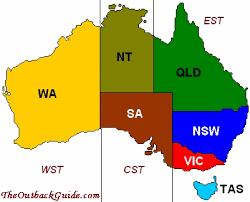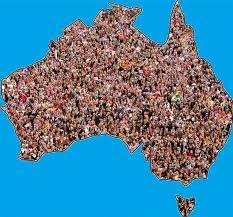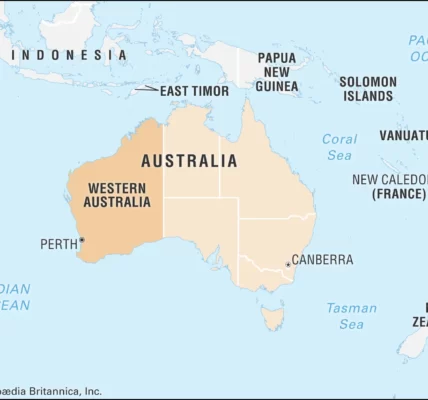Western Australia and Its Time Zone
In a country as vast as Australia, understanding the time zones can be crucial, especially for those traveling or doing business across state lines. This blog post focuses on the time zone of Western Australia, providing insights into how this region aligns its clocks with the rest of the country and the world.
Australian Western Standard Time (AWST)
The primary time zone in Western Australia is the Australian Western Standard Time (AWST). AWST is 8 hours ahead of Coordinated Universal Time (UTC+8). This time zone encompasses the state’s capital, Perth, and the majority of Western Australia’s population centres.
Consistency Throughout the Year
Unlike some regions in Australia, Western Australia does not observe Daylight Saving Time (DST). This means that the time in AWST remains consistent throughout the year, without any adjustments for summer or winter months. This consistency can be a relief for those who travel frequently or engage in cross-country communications, as it eliminates the need to calculate time changes due to DST.
The Unique Case of Australian Central Western Standard Time (ACWST)
There’s an interesting exception within Western Australia in the form of the Australian Central Western Standard Time (ACWST). This unique time zone is observed in a few locations in the eastern part of Western Australia, including the town of Eucla and its surrounding areas. ACWST is 8 hours and 45 minutes ahead of UTC (UTC+8:45), setting it apart from both AWST and the neighboring Australian Central Standard Time (ACST).
Impact on Travel and Business
For travelers and business people, being aware of Western Australia’s time zone is essential. When planning flights, conferences, or calls, it’s important to remember that Western Australia is several hours behind the eastern states, especially when those states are observing Daylight Saving Time.
A Region Set to Its Own Time
Western Australia’s stance on not adopting DST is rooted in both geographical and societal factors. The state’s location and size mean that sunrise and sunset times vary significantly across the region, making a one-size-fits-all approach like DST less practical.
In Conclusion
Understanding the time zone of Western Australia is more than a matter of adjusting your watch; it’s about appreciating the nuances of time in a vast and diverse country. Whether you’re planning a visit, coordinating with friends and family, or scheduling business matters, keeping Western Australia’s time zone in mind is key to staying synchronized.



